With the climate crisis raging, it’s indisputable that we need to go all-in on clean energy (wind, solar, energy efficienty) and ditch fossil fuels ASAP on environmental grounds alone. But increasingly, in recent years, the economic rationale for a transition to a clean energy economy has become overwhelming – even *without* accounting for the massive, negative environmental and health “externalities” of fossil fuels. The latest evidence?
- First, see Efficiency significantly cheaper than natural gas, DOE study concludes, which finds: “Natural gas energy efficiency programs run by utilities saved energy at a cost of about $0.40/therm from 2012 to 2017 — less than half of the national average retail price of gas during that period, according to new research from the U.S. Department of Energy’s Lawrence Berkeley National Laboratory.” So basically, it makes Z-E-R-O sense for Dominion to build new natural gas infrastructure – pipelines, power plants, whatever. And they simply shouldn’t be allowed to do so. At the bare minimum, it’s time for some serious “decoupling” of Dominion’s revenues from simply building and producing more…er, “stuff.”
- Second, check out today’s article in Utility Dive, As utility solar costs drop 82%, US renewable leaders target majority generation share by 2030, which finds: “The cost for utility-scale solar PV power has declined 82% since 2010 and the costs for onshore and offshore wind have declined 39% and 29%, respectively, according to a report released Tuesday by the International Renewable Energy Agency.”
- On a related note, as the article reports, clean energy industry leaders are laying out a vision for 2030, in which “solar energy would account for 20% of power generation…wind would provide another 20%, hydroelectric would account for another 9%, and the remaining 2% would come from other renewable energy resources,” and “[e]nergy storage — battery, hydro, mechanical and thermal — would provide the flexibility and reliability needed for renewables to become major players in the power sector.”
- Finally, see below for highlights from the International Renewable Energy Agency (IRENA) study, which finds that “new renewable power generation projects now increasingly undercut existing coal-fired plants“; that “[n]ext year, up to 1 200 gigawatts (GW) of existing coal capacity could cost more to operate than the cost of new utility-scale solar PV, the report shows”; and that: “Replacing the costliest 500 GW of coal with solar PV and onshore wind next year would cut power system costs by up to USD 23 billion every year and reduce annual emissions by around 1.8 gigatons (Gt) of carbon dioxide (CO2), equivalent to 5% of total global CO2 emissions in 2019. It would also yield an investment stimulus of USD 940 billion, which is equal to around 1% of global GDP.” Wow!!!
Of course, if you follow this stuff, these new studies aren’t really surprising, given that all this has been increasingly clear for years now. But for those “fossil fools” who continue to resist the inevitable switch from dirty, destructive, expensive coal and fracked gas to clean, cheap, sustainable energy, the more evidence that piles up that they’re wildly wrong, the better.
With that, check out the highlights, below, from the IRENA report. With regard to Virginia’s energy situation moving forward, I’d specifically emphasize – in addition to the “no brainer” of massive energy efficiency improvements – the plummeting cost and the increasing power/capacity factors of offshore wind.
So basically, if/when Dominion tries to overcharge for building wind turbines off the coast of Hampton Roads, point to studies like this, which clearly show that offshore wind is getting cheap FAST; that offshore wind is “set for a step change, with their global average auction prices set to fall 29% and 59% from 2019 values, respectively“; and that “offshore wind will fall to USD 0.082/kWh in 2023.” On that latter figure, note that the average electric rate price in 2019 in Virginia was $0.12 per KWh, which is…yep, SIGNIFICANTLY MORE EXPENSIVE than the cost of offshore wind is expected to be in 2023. So…why would we not build gigawatts of offshore wind, and why would we not do so in a way that actually *lowers* Virginians’ electricity bills? Ask Tom Farrell and Company! LOL

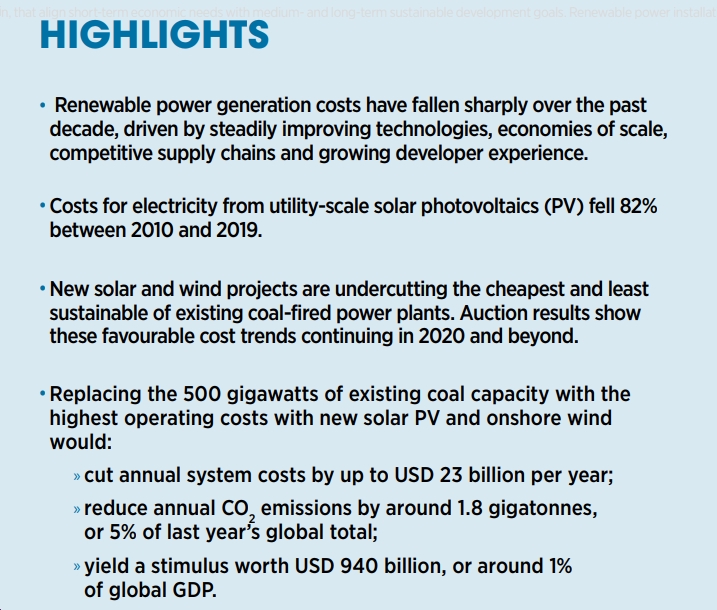
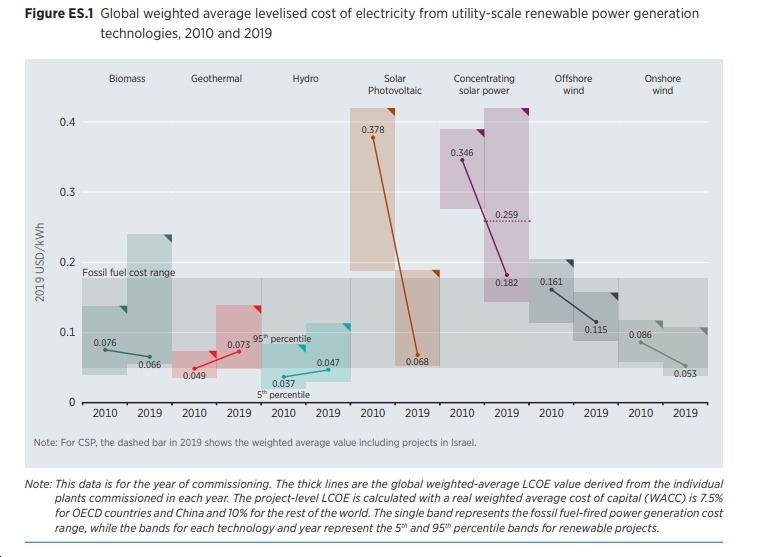
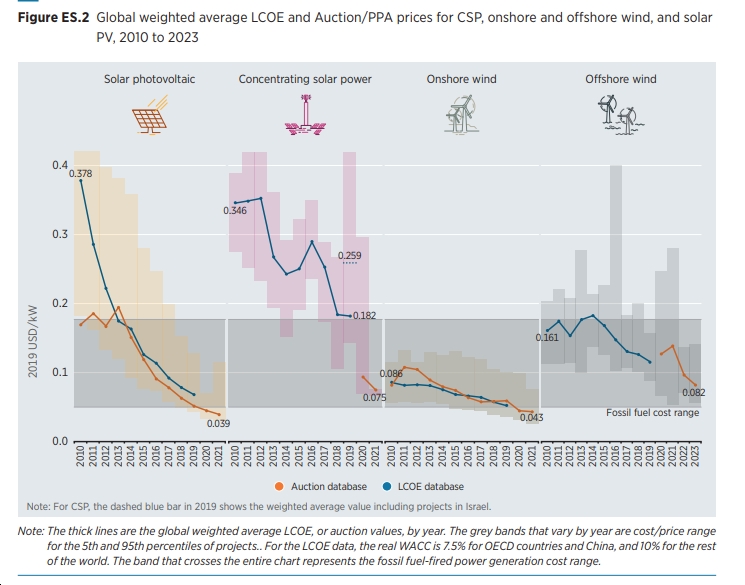

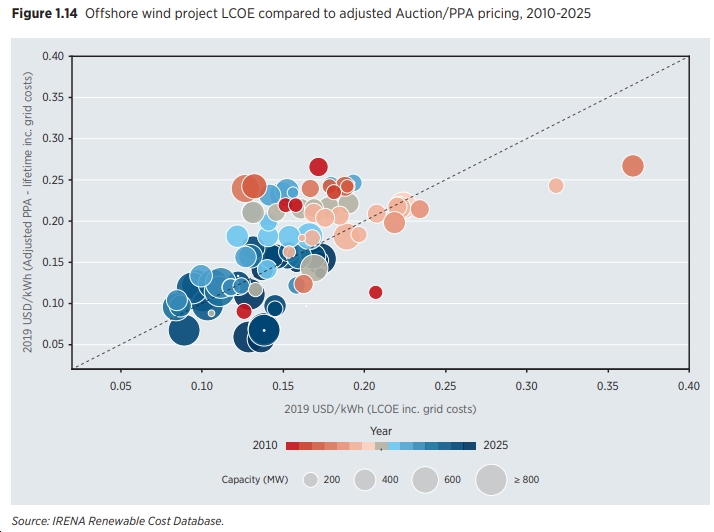
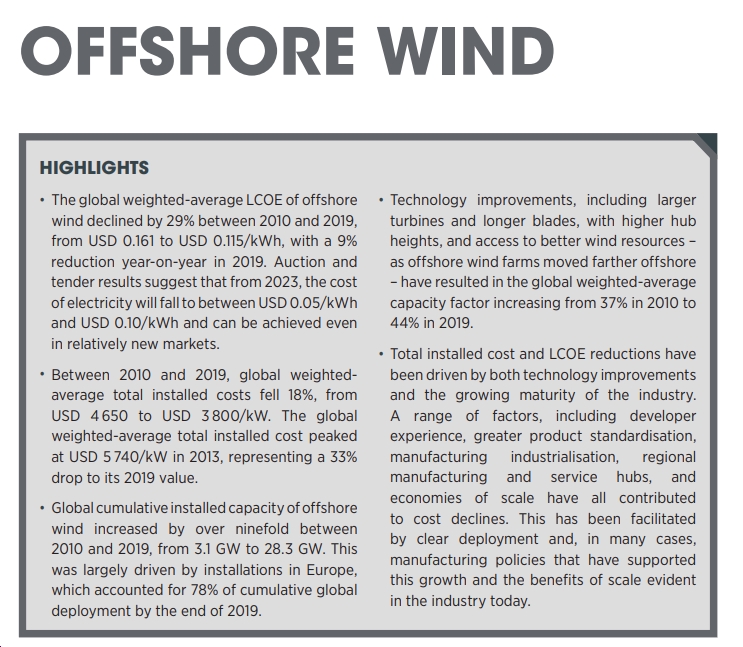
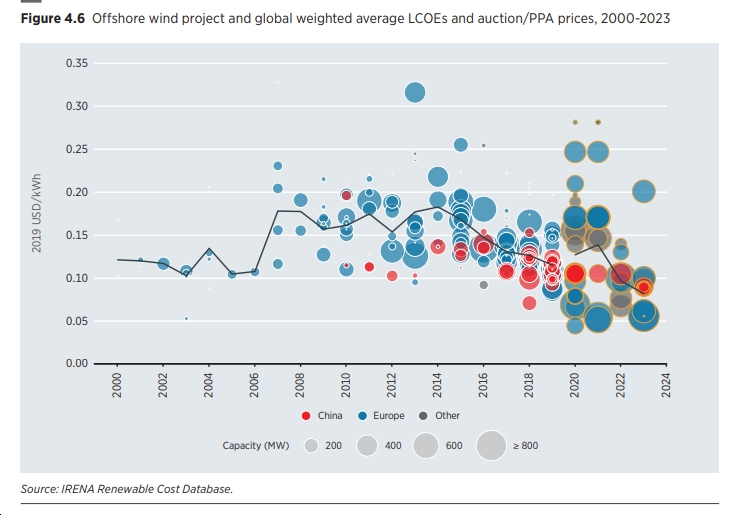


 Sign up for the Blue Virginia weekly newsletter
Sign up for the Blue Virginia weekly newsletter








![Sen. Mark Warner: “The best time to [pass aid to Ukraine] would have been months ago. The second best time is right now.”](https://bluevirginia.us/wp-content/uploads/2023/02/warner0207-100x75.jpg)